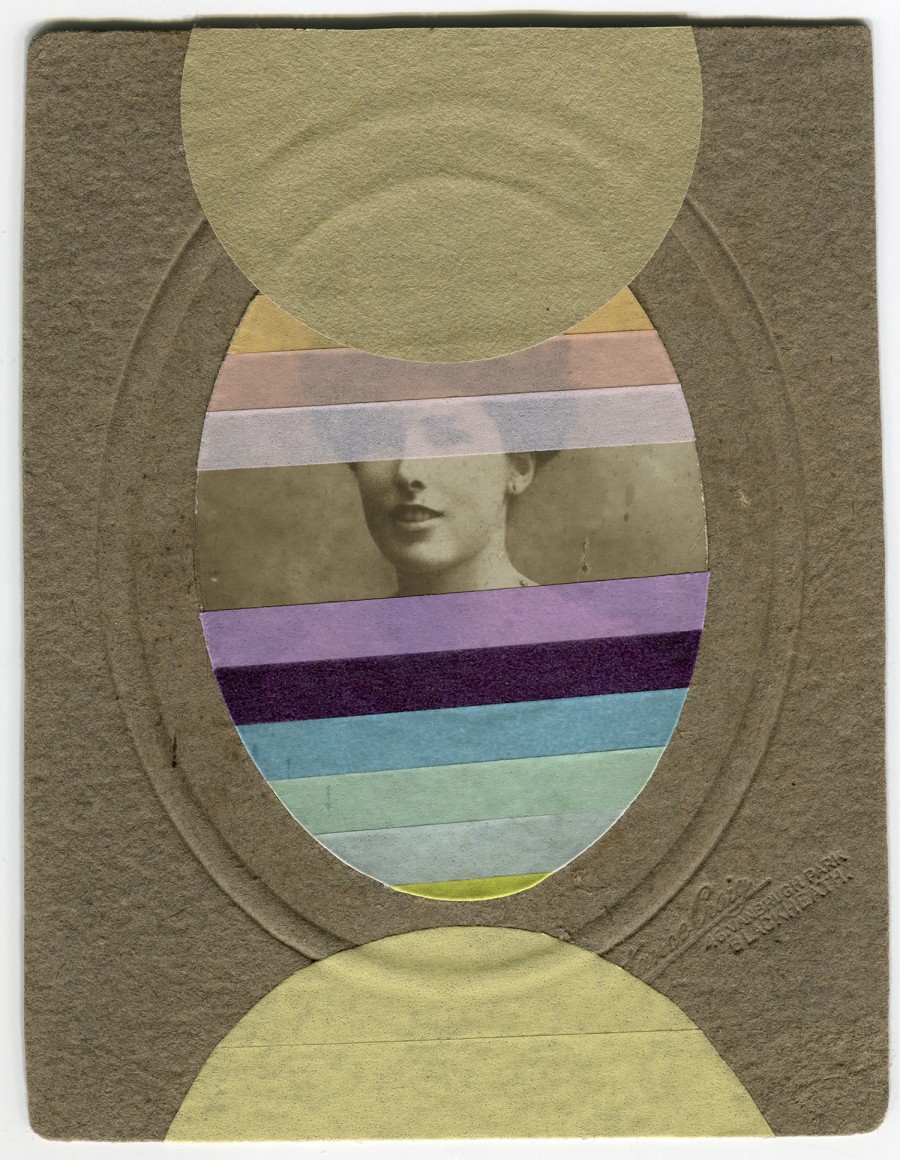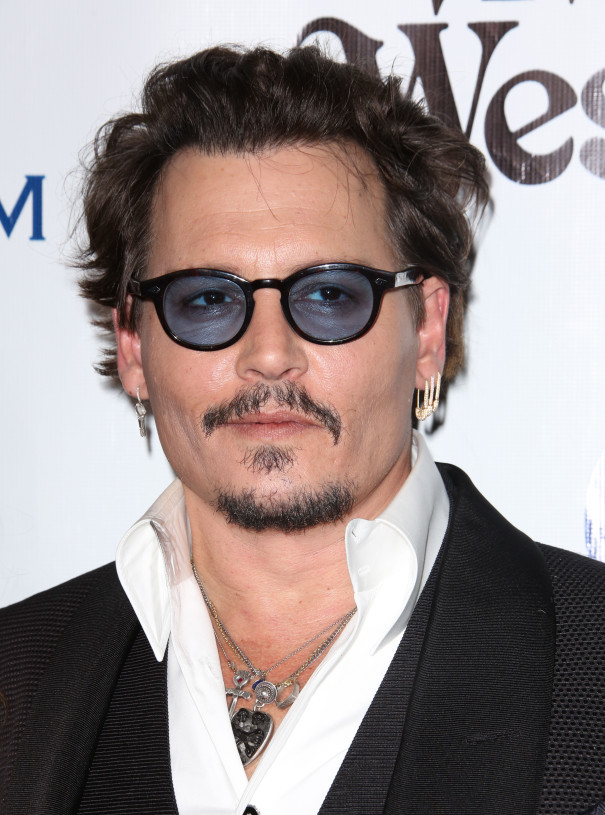Throughout history, the art industry has allowed people from all over the world to express their opinions, expand their skills and showcase their work. There have been countless milestones throughout the history of art that have allowed new styles and movements to flourish, however, it may come as a surprise to hear that the art world hasn’t always been as forward-thinking as it is today. For as many famous artists that have made their mark on the timeline, there are twice as many struggling creators whose work has gone undiscovered due to a lack of acceptance from the mainstream art community.
In recent years, it has come to light that women, in particular, have not been equally represented in the art community. Even during some of the big renaissance periods, female artists were not given the recognition they deserved for the work they produced. In fact, in a number of cases, they were actively discredited by the patriarchal art industries of their time. In this post, we will dive into the past to take a look at the history of sexism in the art world and see whether or not things have changed.
Plautilla Nelli
If you’re not familiar with the history of art, it’s likely that you won’t have heard of Plautilla Nelli. There will also be a lot of enthusiasts within the industry who may not recognise the name. Despite creating some of the most beautiful and intricate works of art during the Renaissance, Nelli never received any recognition from her peers and the records of her incredible contributions to the art world were actively downplayed or removed. Due to her gender, the work she produced was never given the attention it deserved.
Only recently, has Nelli’s work been rediscovered and given a platform at the Uffizi Gallery in the artist’s hometown of Florence. It’s a shame that Plautilli Nelli’s work had to sit in the shadow of equally talented male artists like Michelangelo and Da Vinci but it seems that she is finally getting the recognition she deserves, even if it is 500 years later.
Sexism in art today
The industry has come forward in leaps and bounds over the last 50 years, however, it seems that female artists still aren’t getting their fair share of representation in mainstream art. In the UK alone, female art is drastically underrepresented throughout numerous leading galleries and museums. Despite several equality movements and pushes from the community to improve representation, many of the largest commercial and publically funded galleries in Britain still have a significant gender imbalance when it comes to showcasing art.
It can’t be denied that the art industry has definitely made steps in the right direction when it comes to equality but there is still a long way to go. The fact that the overall representation of artwork across the UK art industry swings in favour of male artists may not seem like a cause for concern, but it has a profound impact on career prospects and industry mobility for female artists.
Leading art institutions and galleries such as Tate, Lisson and White Cube are what set the trends within the art world and it is those types of organisations which can have a huge impact on the buying habits of collectors and the overall opinion of the community. The work they promote can make the difference between a struggling painter and a world-renowned artist which is why it’s so important to provide equal opportunities for all artists, regardless of gender.
Moving forward with equality
Although there is still a way to go when it comes to creating more diverse representation within the mainstream sectors of the art industry, many positive steps have been made already. For example, the Tate Galleries appointed its first female director last year with intentions to start providing increased opportunities for all artists. The gallery is known for championing equal rights movements and is one of the leading voices in the current movement to increase exposure for female artists.
Thanks to the internet, new opportunities continue to arise all the time. All you have to do is looking at the growing number of independent and web-based art institutions to see that things are moving forward. Female artists around the world now have access to new industry channels through which they can gain recognition outside of mainstream galleries.
There are a number of new organisations including Art2Arts which allow independent artists to showcase their work and find buyers all across the world without being restrained due to gender, location, ethnicity or any other type of demographic. The growing community of artists includes a diverse selection of styles and inspirations which is something we pride ourselves on.
Hopefully, this post has helped you think more about the idea of equal representation within the world of art. If you want to help support British female artists, be sure to check out some of the incredible artwork available on our website.



